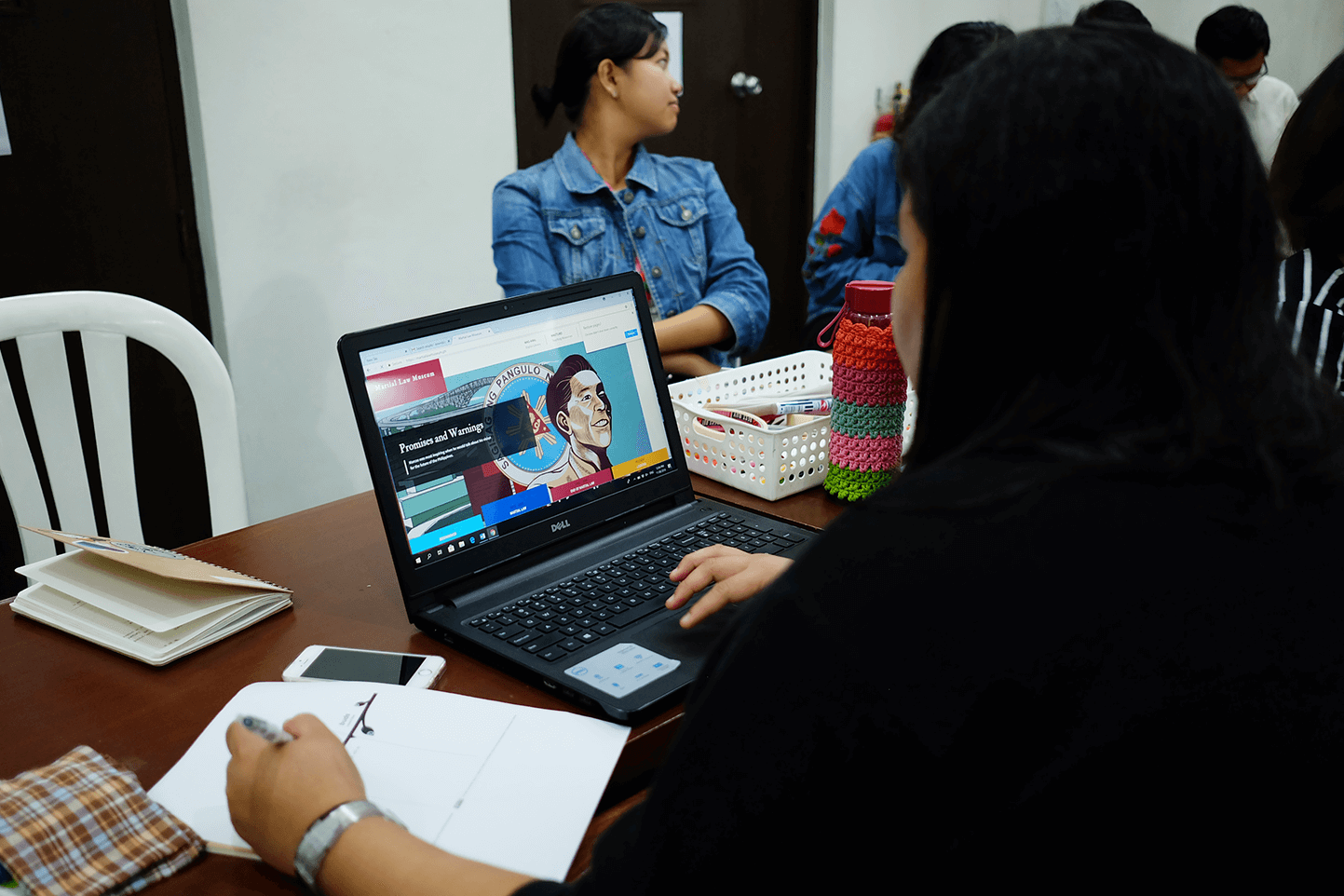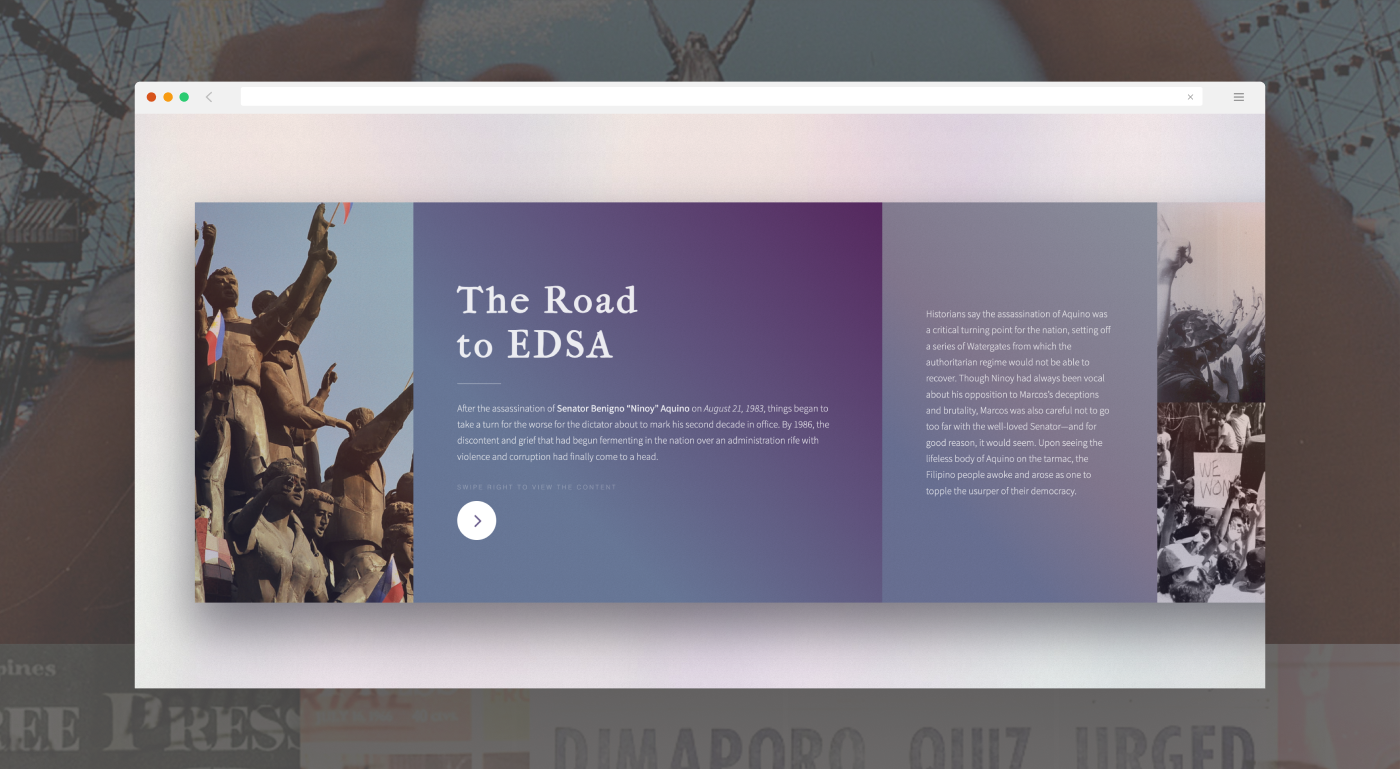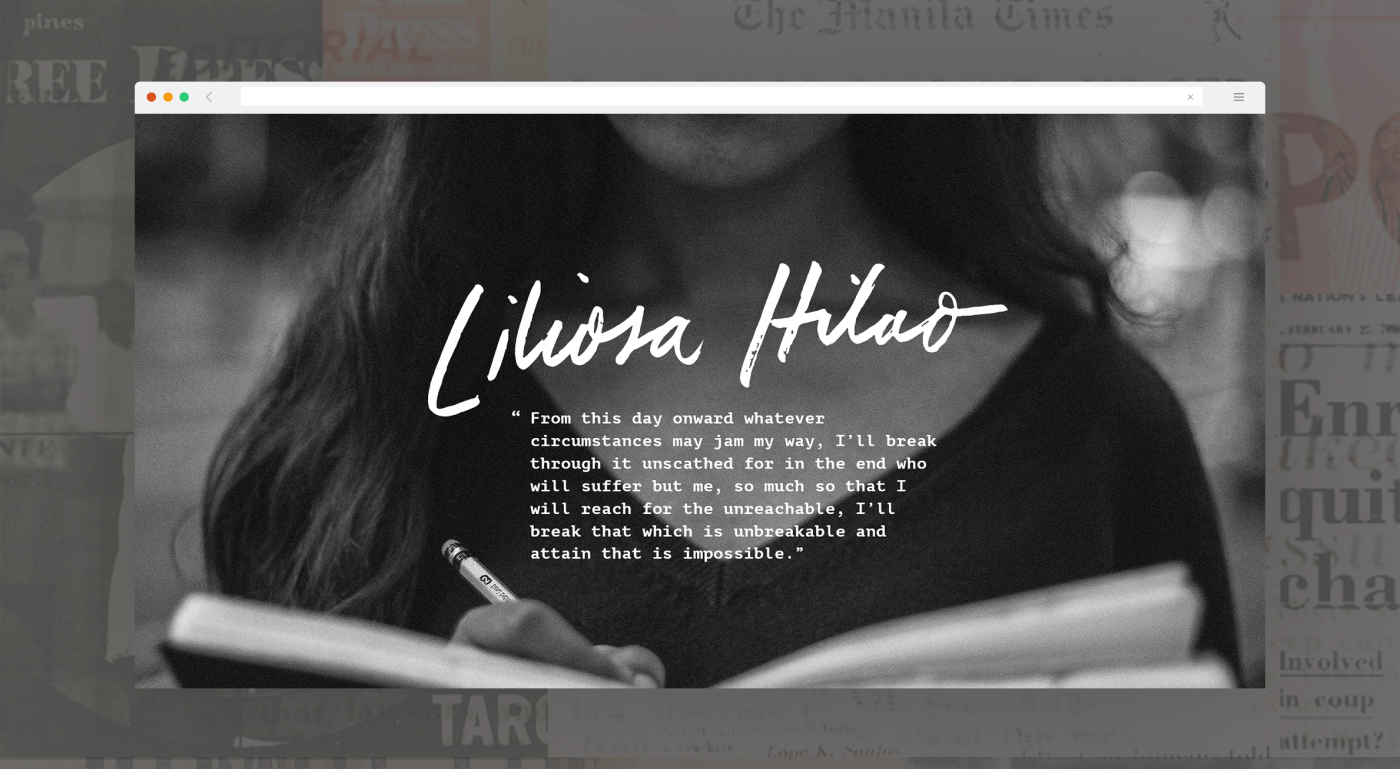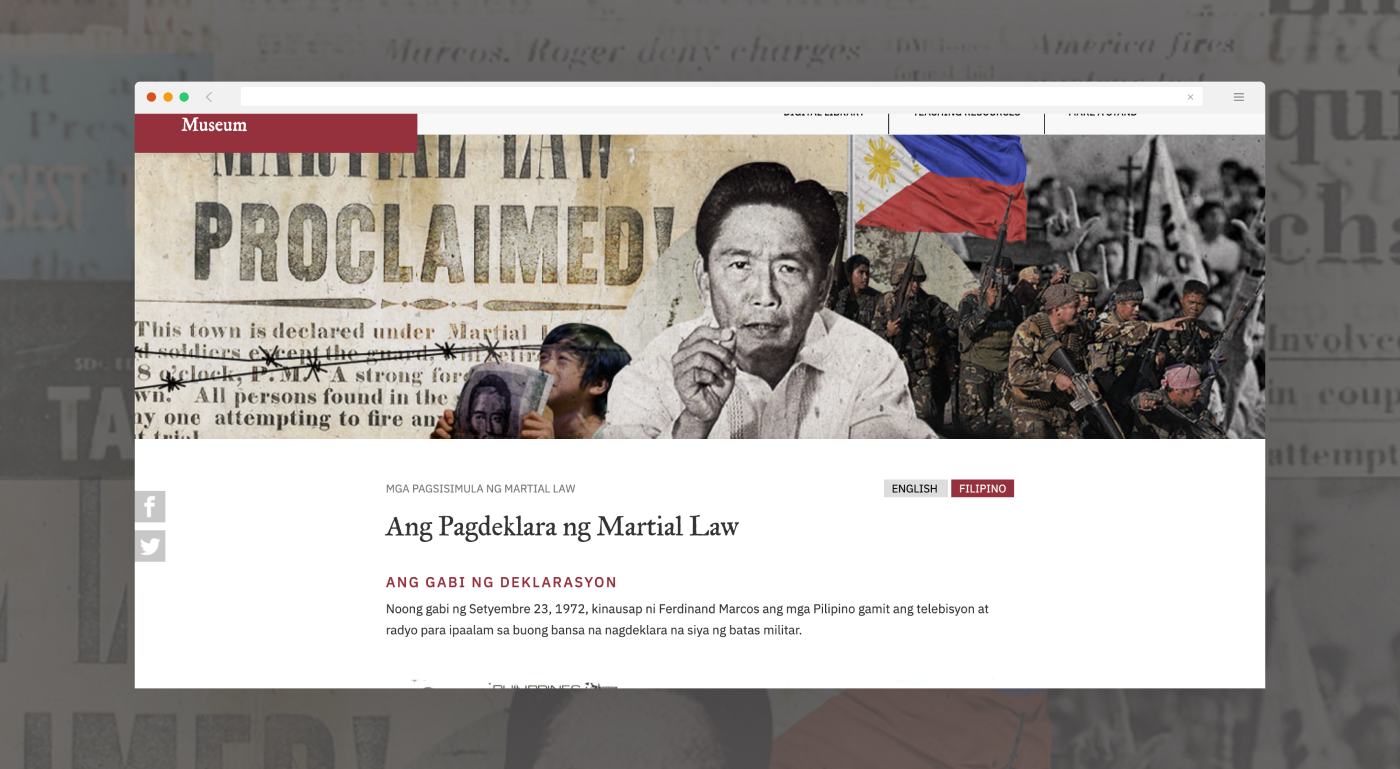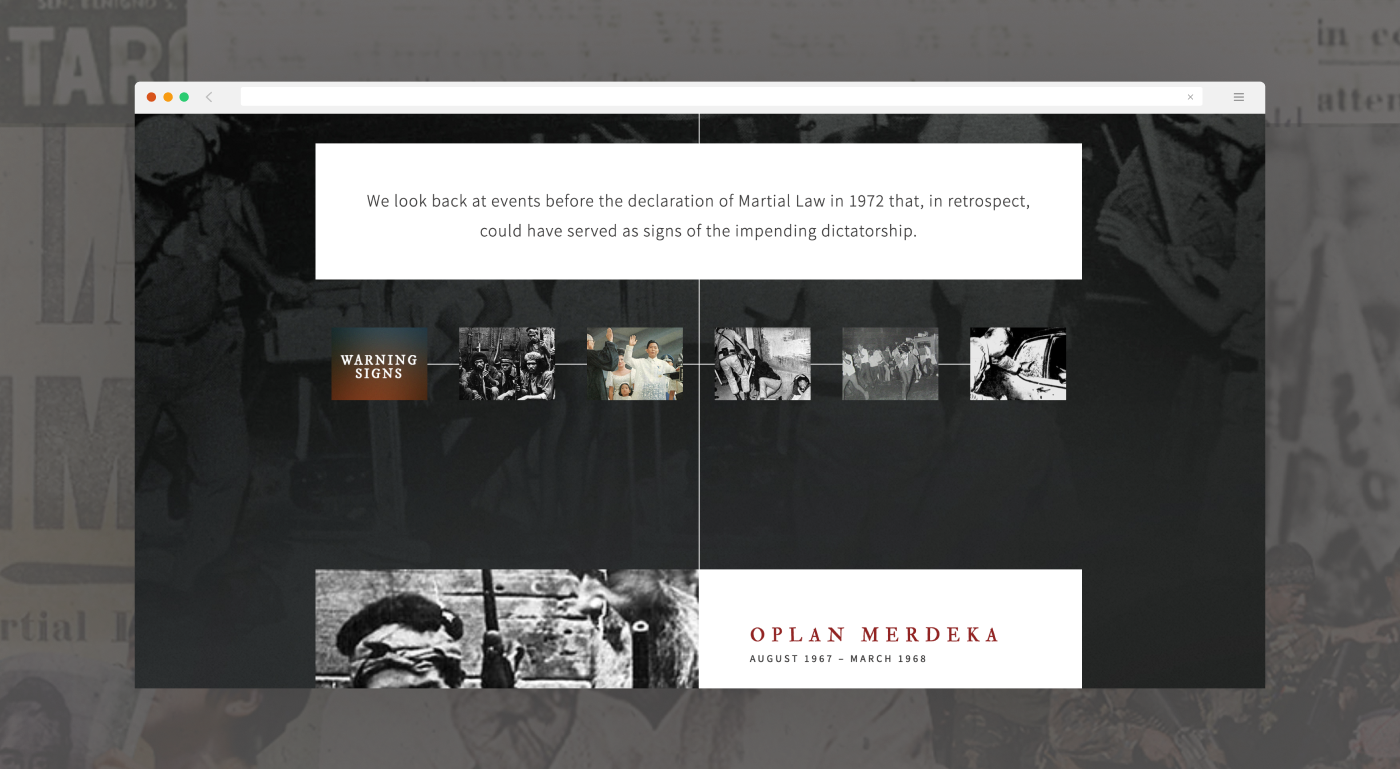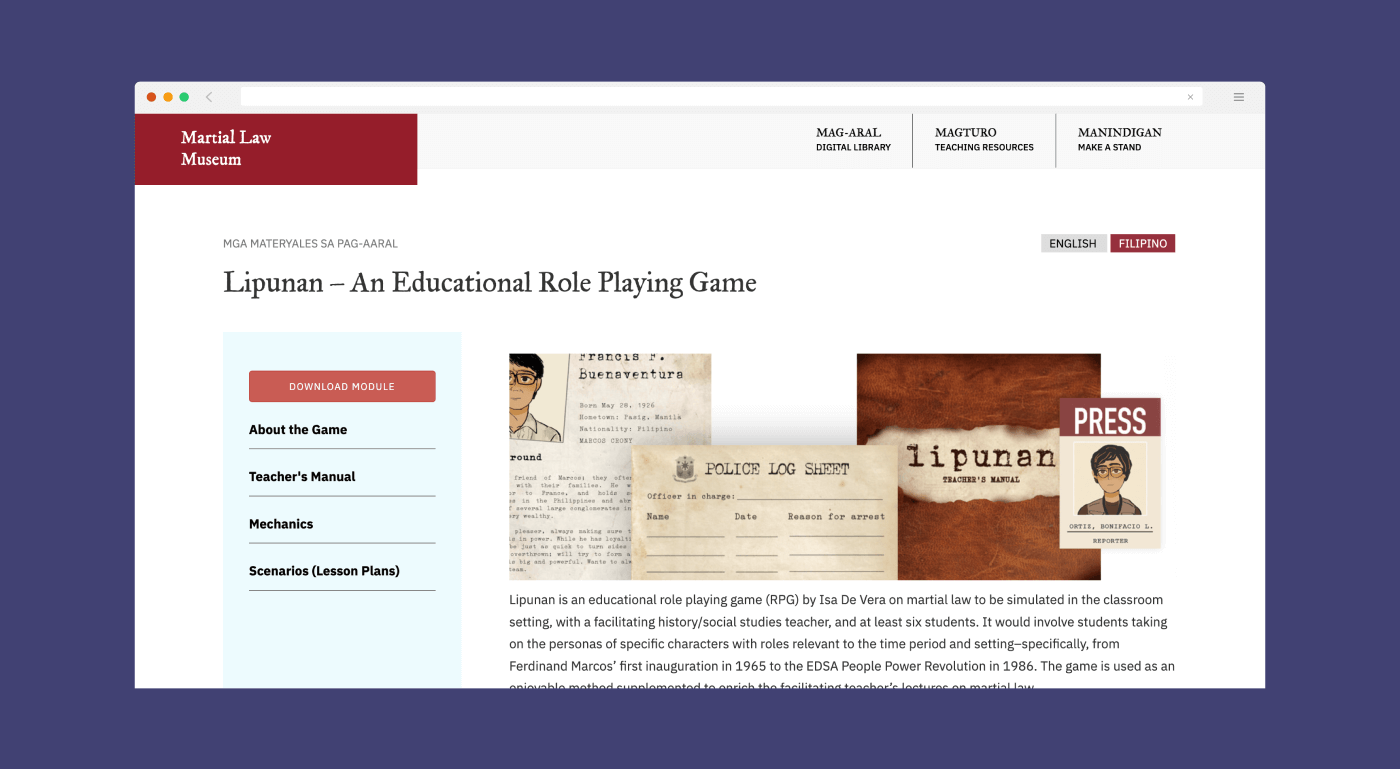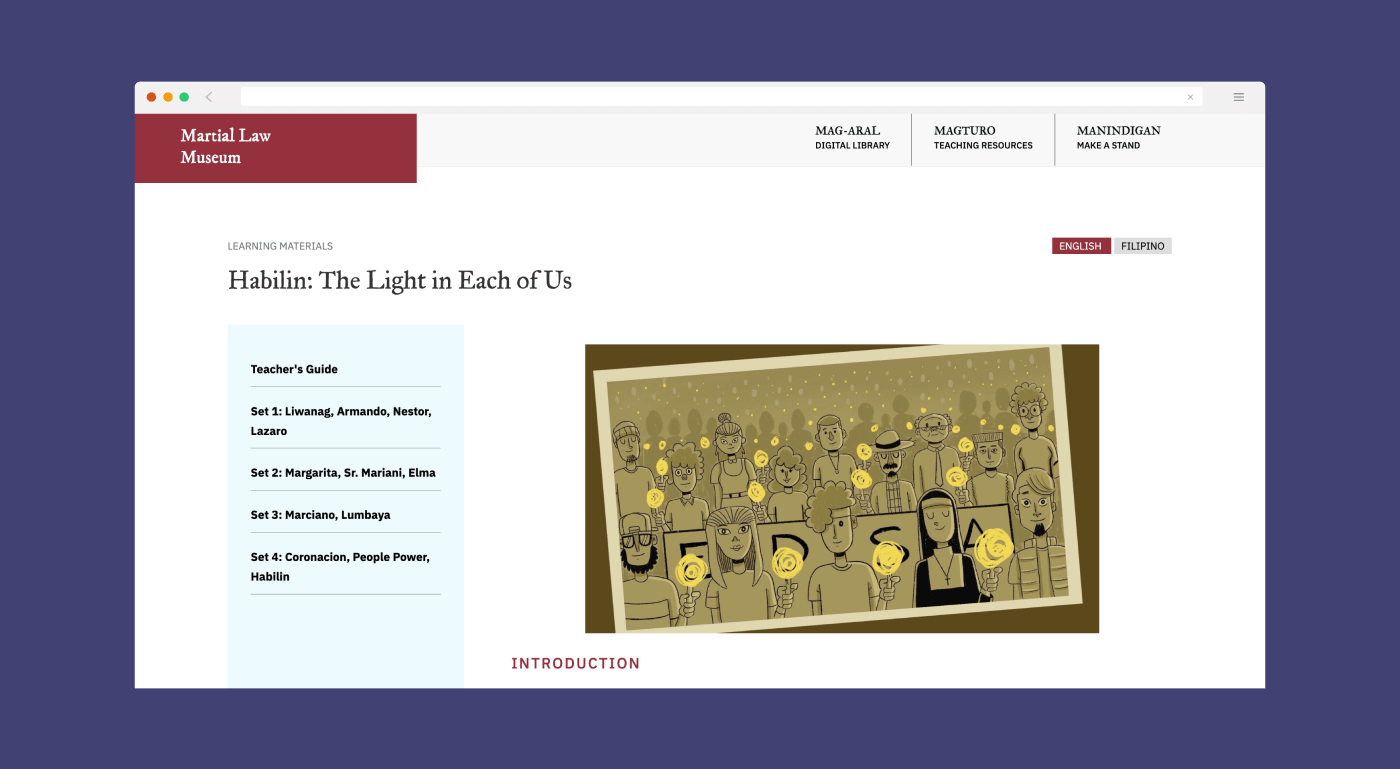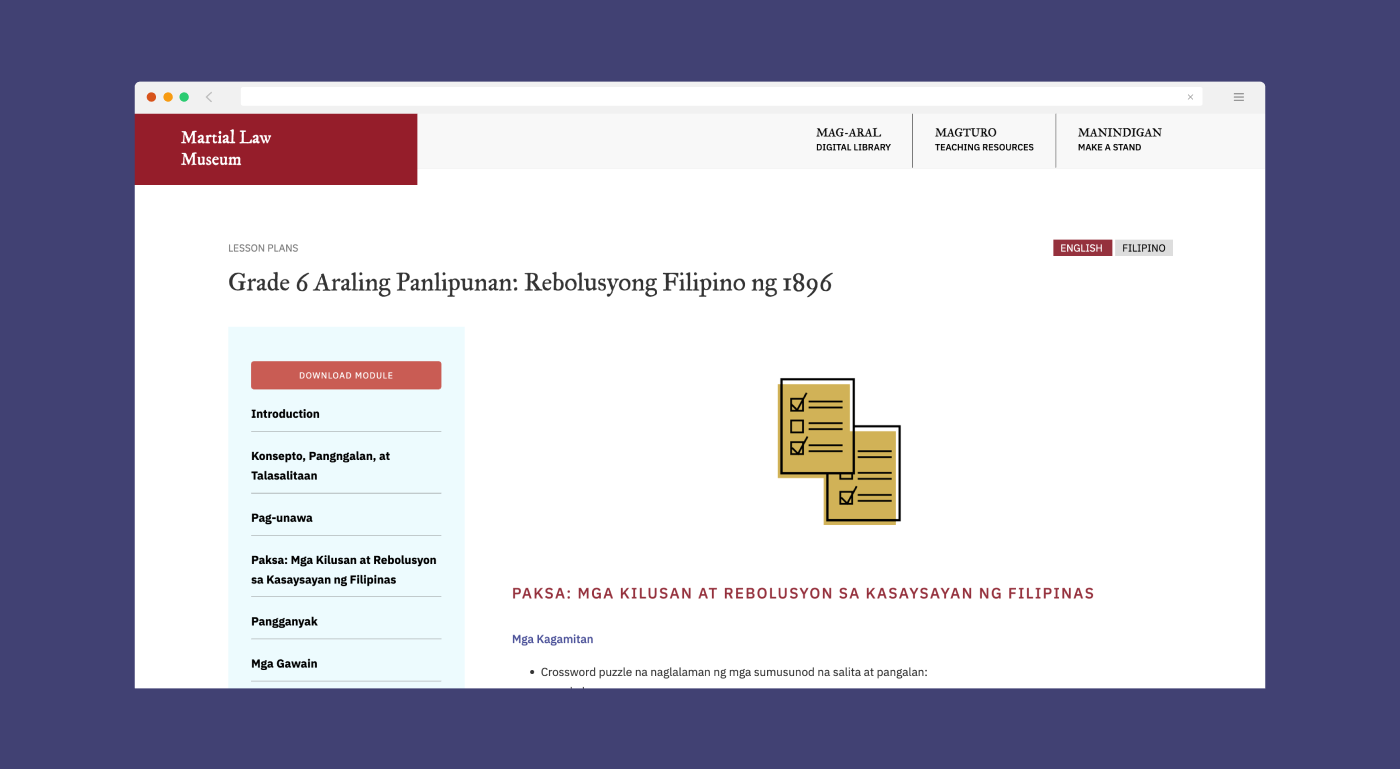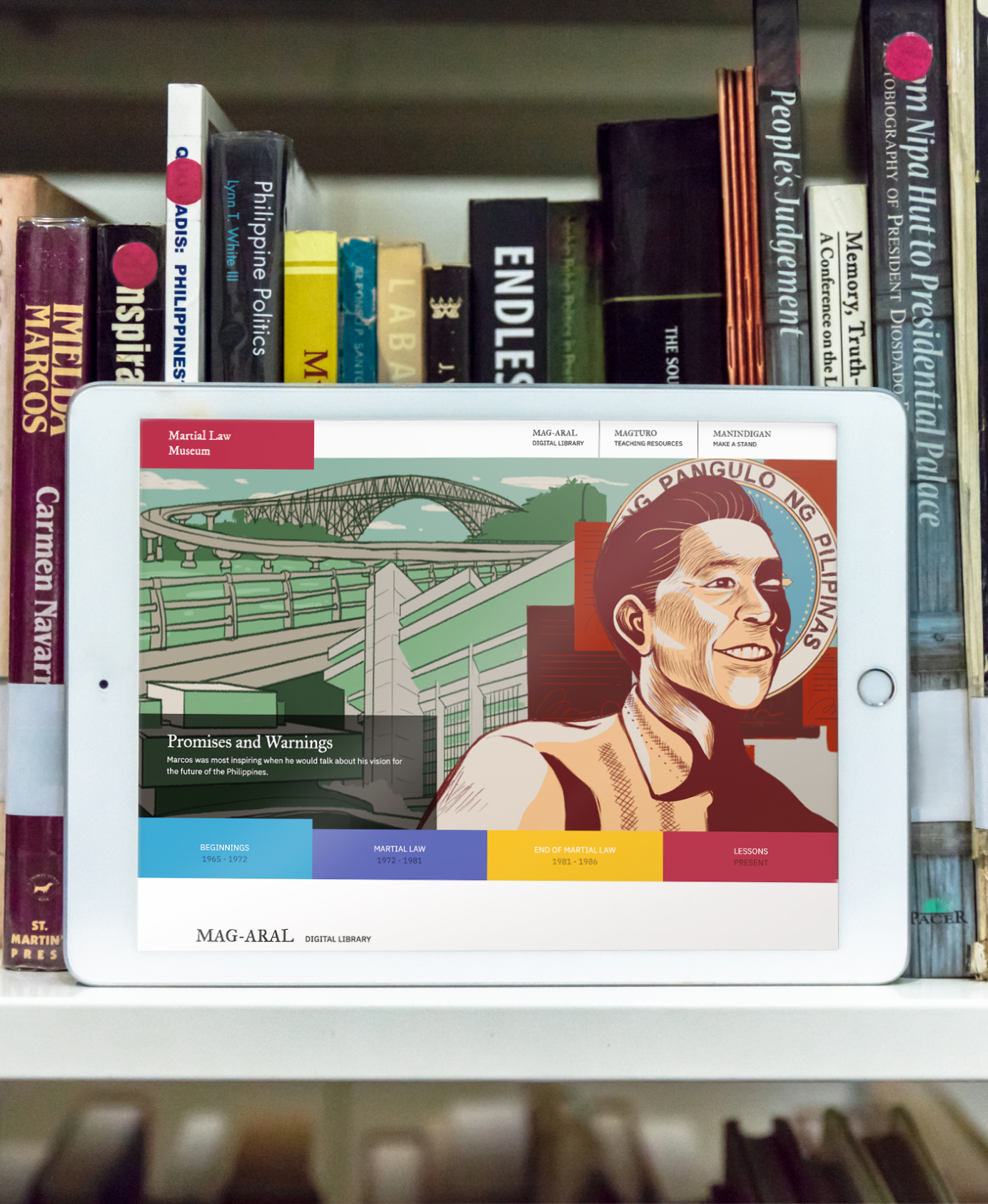
Rallying our national memory through education
With Martial Law Museum
SECTOR
PARTNERS
LOCATION
SCOPE
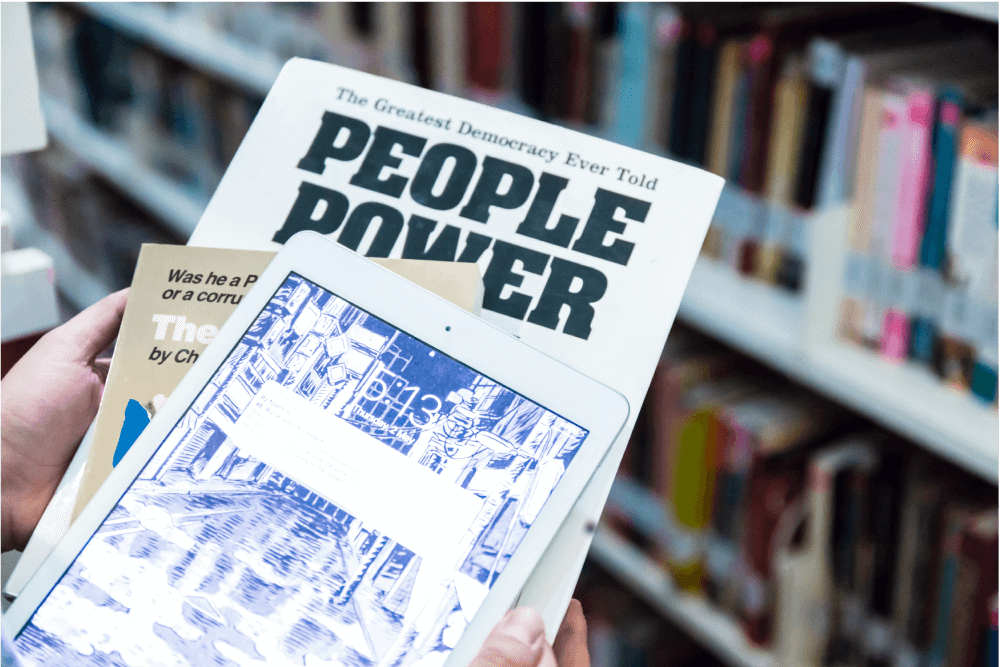
Building national memory is an ongoing effort to educate and to combat revisionism at various fronts. Among these efforts, The Martial Law Museum works in the digital space to provide accessible and reliable resources to educators and the general public.
The importance of historical education and awareness in the Philippines is exponentially more prominent, given the current cultural milieu and its propensity for data manipulation, misinformation, and oversimplification.
Our commitment to national memory is of utmost priority—we need to be able to confront the complexities of today with a firm grasp of how the past has led us to our current situation.
Facing misinformation and misconceptions
The era of Martial Law, most characterized by the dictatorship's media censorship and human rights violations, is unquestionably an important time in Philippine history. Its value, however, lies in its political failure and the cautionary tale it holds: a mistake of this magnitude should never happen again to our country.
Yet, when the initial brief for a “digital museum for everyone” was given to us, it became apparent that the sentiment and knowledge regarding Martial Law was not universal. Misinformation and misplaced nostalgia were commonplace. Lengthy threads in local social media would show a confusingly wide array of misconceptions and flat-out falsehoods. And, though one can technically fire back with accurate but possibly self-righteous statements, we felt that it would be a disservice to everyone involved.
Embracing education and engagement
Our continuous discussions with the project stakeholders eventually led us to reconsider the notion of a “digital museum for everyone.” The issue, unsurprisingly, was not at all about "displaying the facts" so that individuals can "correct" themselves. Rather, the issue was more complex: it was about access, the forms of engagement, school curriculums, and current educational strategies.
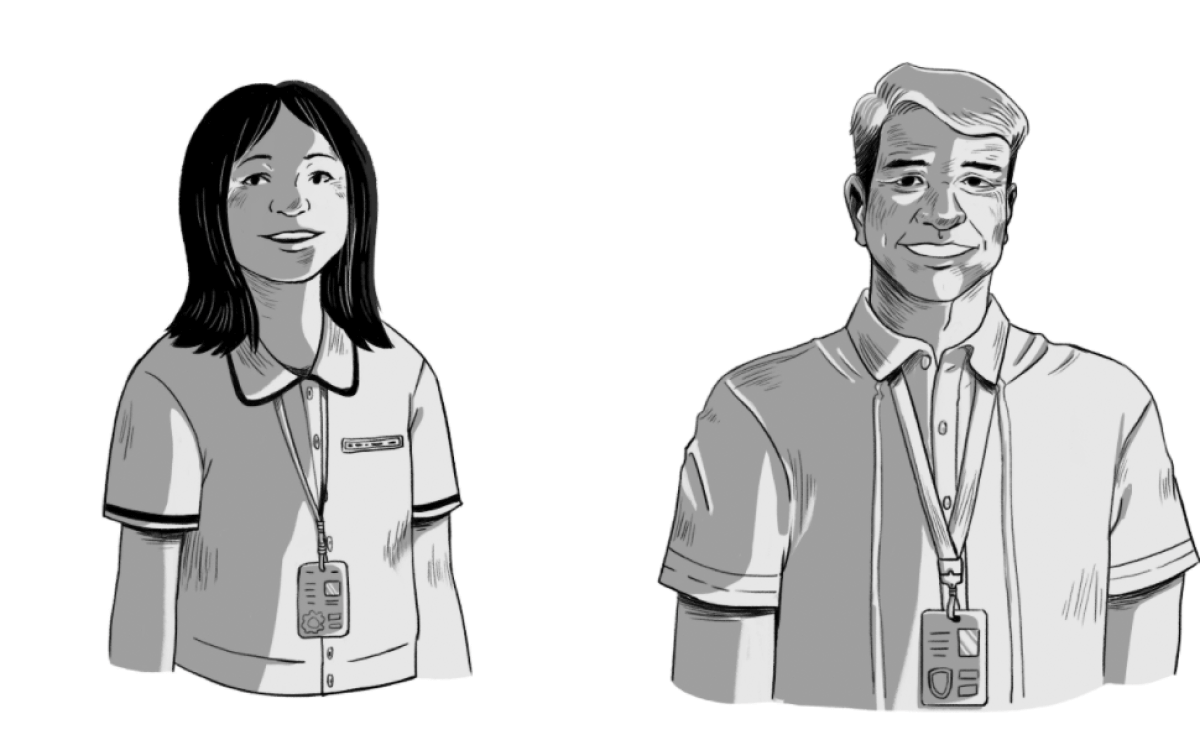
Our main target auidences were teachers, educators, and students. Initially a "digital museum for everyone," the strategy evolved into focusing more on being an educational resource for teachers and students after a series of stakeholder consultations and user research.
We needed a slightly different way of answering our initial dilemma. Thus, the Martial Law Museum became a digital educational resource on the Martial Law in the Philippines. Teachers and researchers pooled together different historical resources, archival material, teaching modules, and community engagement programs. Its main thrust became education, not merely through information, but through engagement.
Speaking to our audiences
Our strategy was to curate the website into one that could meaningfully reach the most strategic audiences. We identified the three groups: students or the general public, teachers, and advocates. The rationale was that by making available these credible and accessible resources, these groups would integrate it into their primary roles—whether through teaching or learning.
[The Martial Law Museum's] main thrust became education, not merely through information, but through engagement.
Identifying the audience helped us create the website content strategy. We divided the website into three components, each targeting the specific audience group we identified. We used a call-to-action type of label for the components to fully capture the objective of the site: “Mag-aral” for students and the general public, “Magturo” for teachers, and “Manindigan” for advocates.
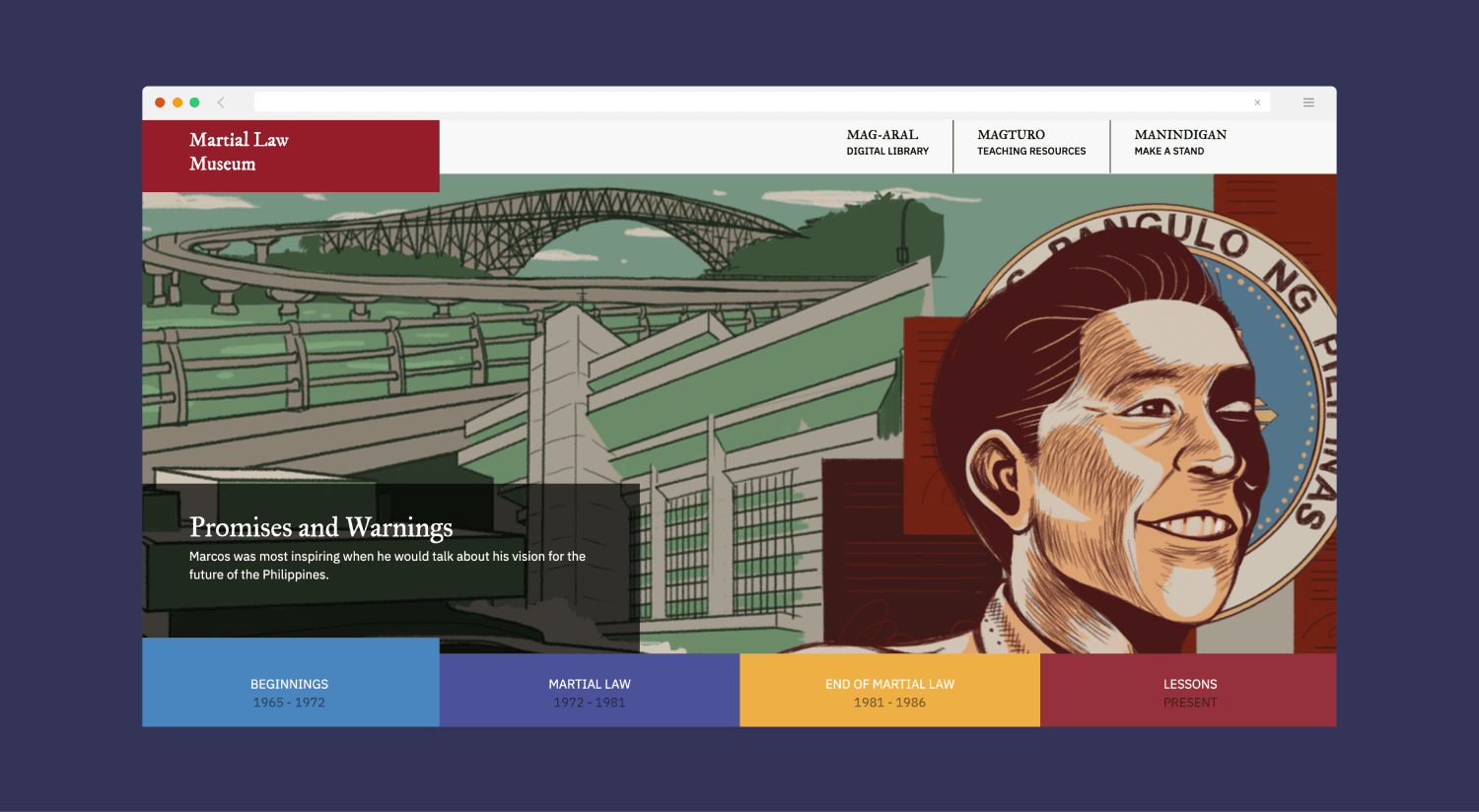

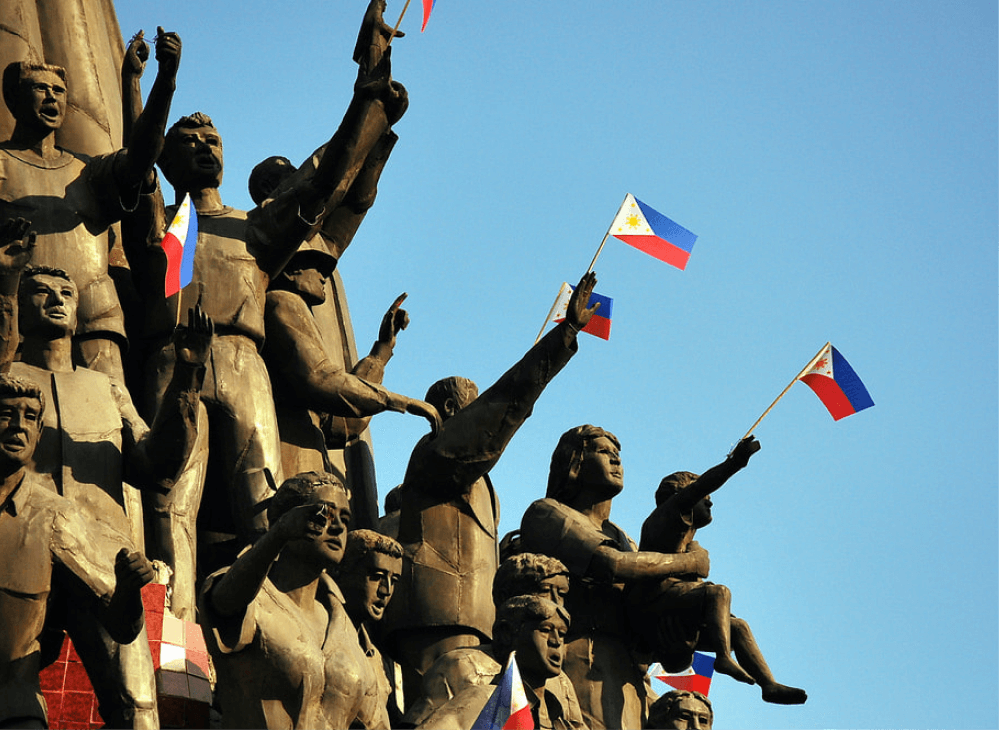
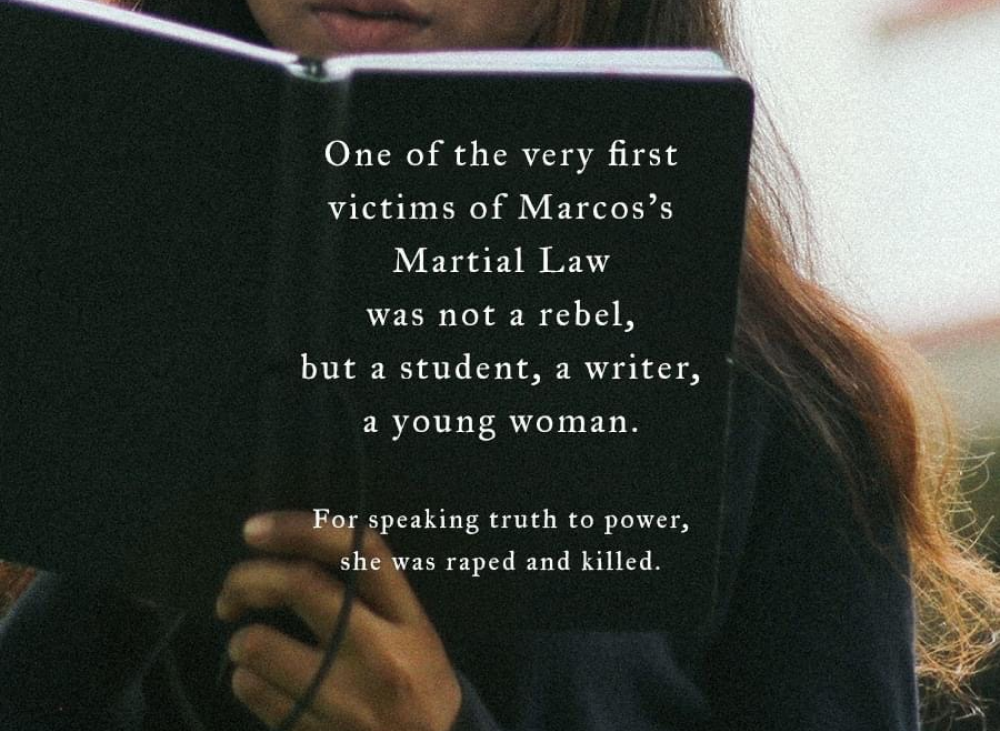
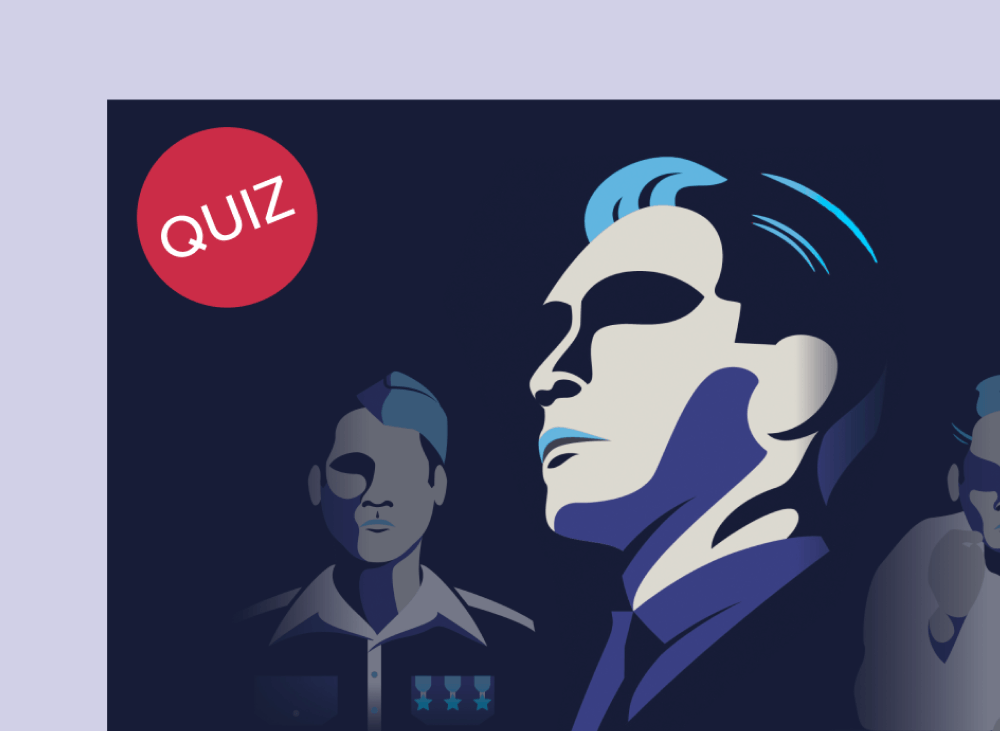
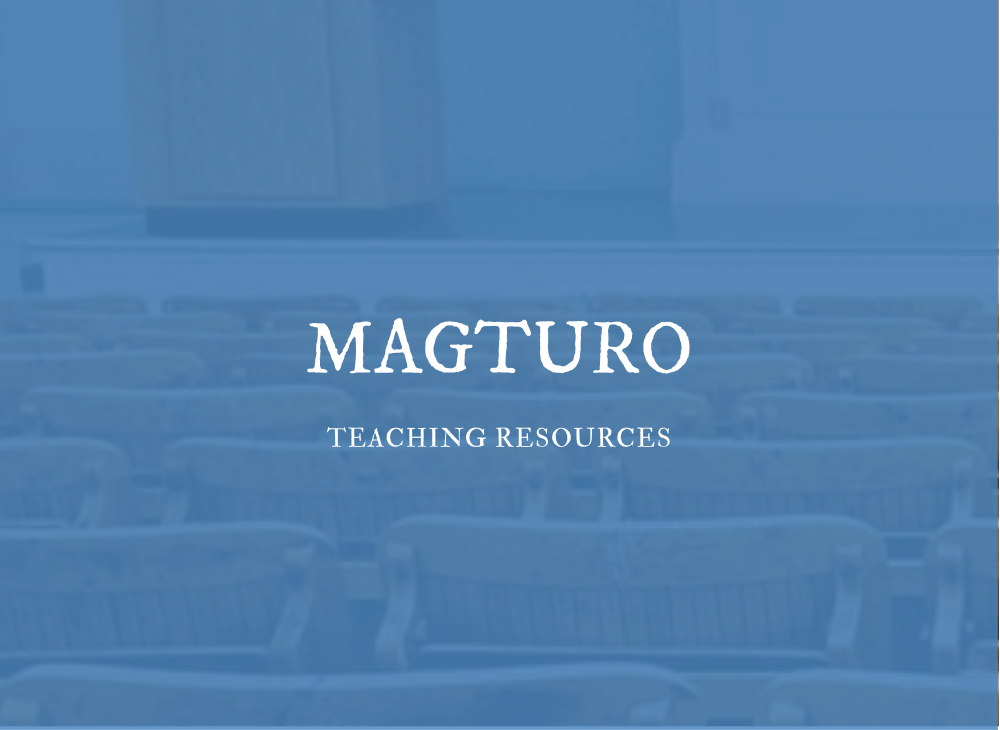
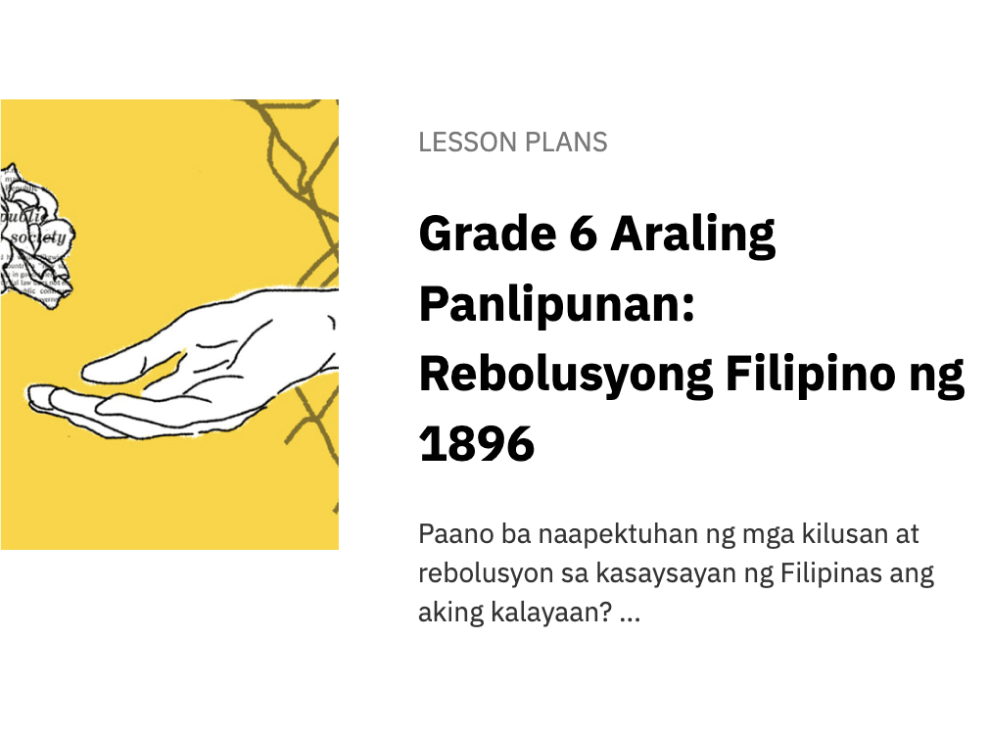
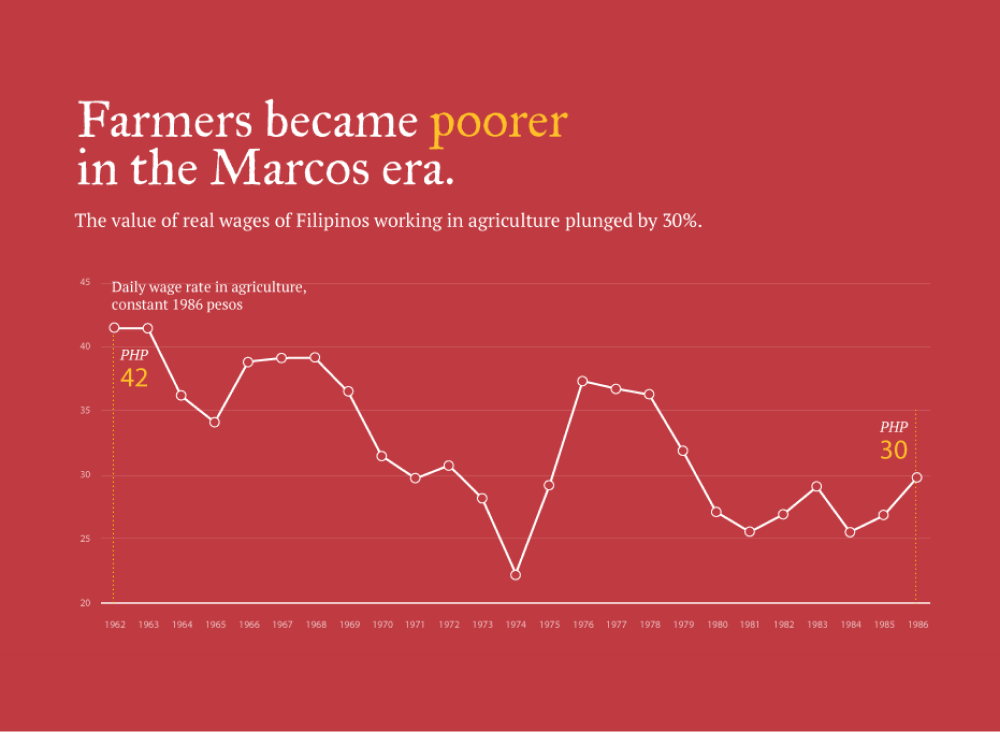
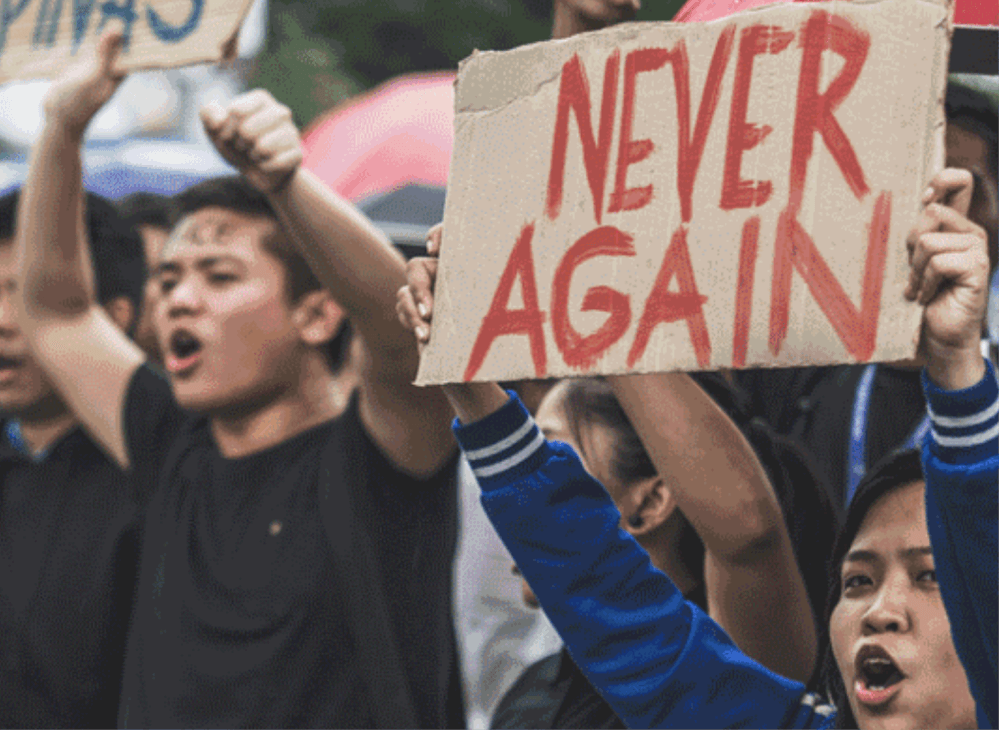
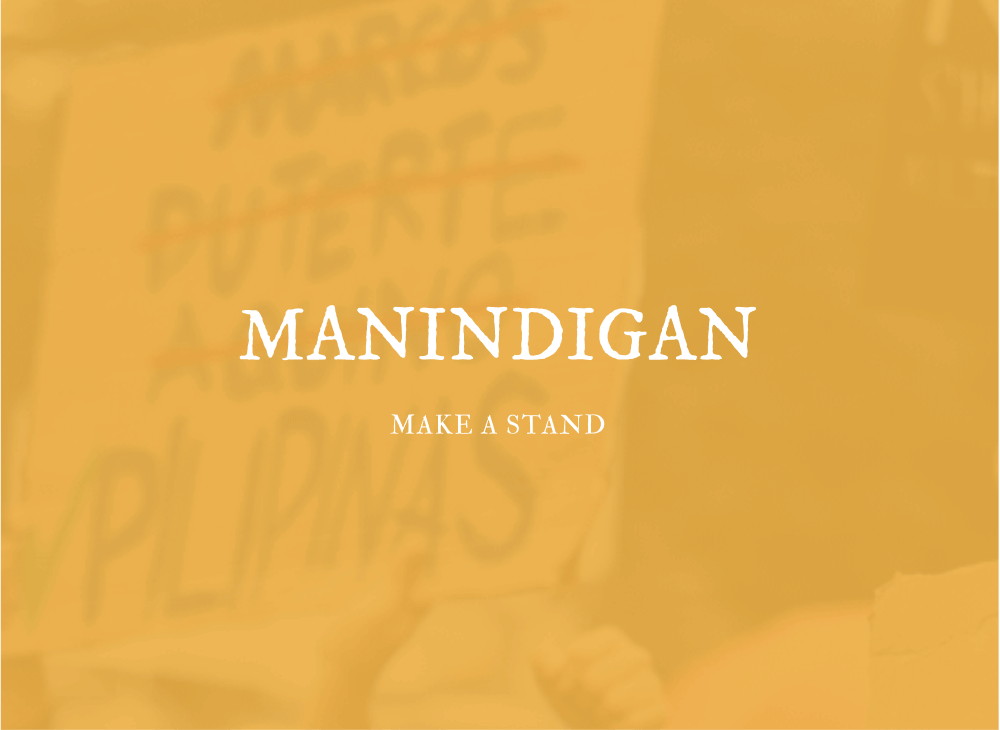
For the “Mag-aral” section or the Library, which comprises the main section of the website, we organized the information in a chronological manner, borrowing from how it would traditionally be taught in classrooms. This is in contrast to organizing it in themes, which has the disadvantage of appearing slanted or biased and thereby easily discredited by loyalists or those with hardened stances. The content of this section is grounded in values such as democracy and human rights to motivate stakeholders in a way that is unifying rather than divisive.
The “Magturo” section is mostly for teachers. Research tells us that Martial Law is a topic that Araling Panlipunan teachers struggle to teach because of its complexity and the lack of teaching resources about it. Teachers ask how to teach such a controversial topic best to their students. This section houses lesson plans, multimedia resources, and activities designed by historians, experts, and fellow teachers who have had experience teaching Martial Law and designing materials for this topic.
Knowing our priorities
Through multiple strategy workshops, realignments, and consultations, it became clear that a multi-faceted approach that prioritizes the students was necessary, especially for immense and heavy subjects such as Martial Law. Success in education is not simply about transferring information—it is about a constant dialogue and engagement that enriches everyone involved.
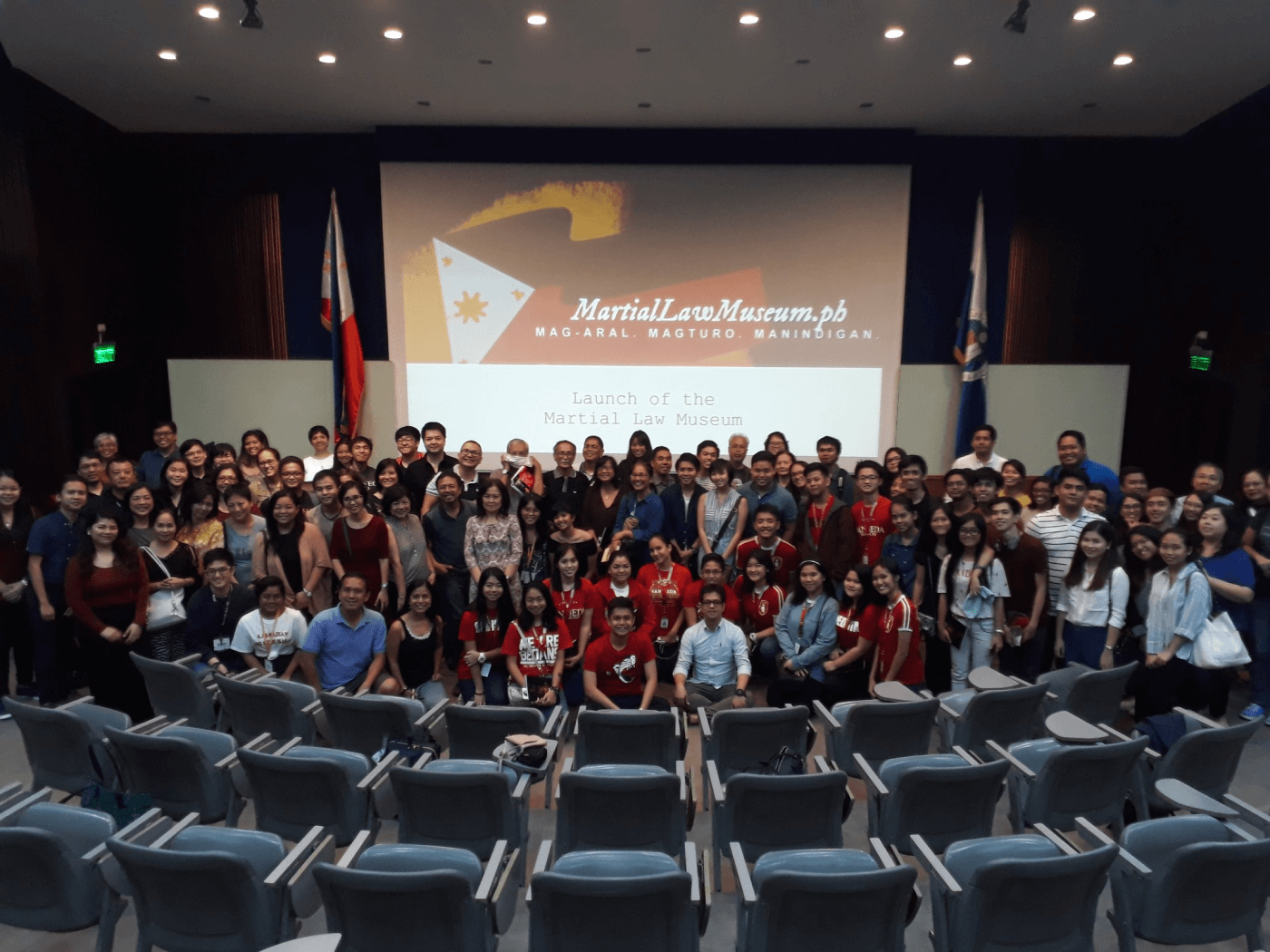
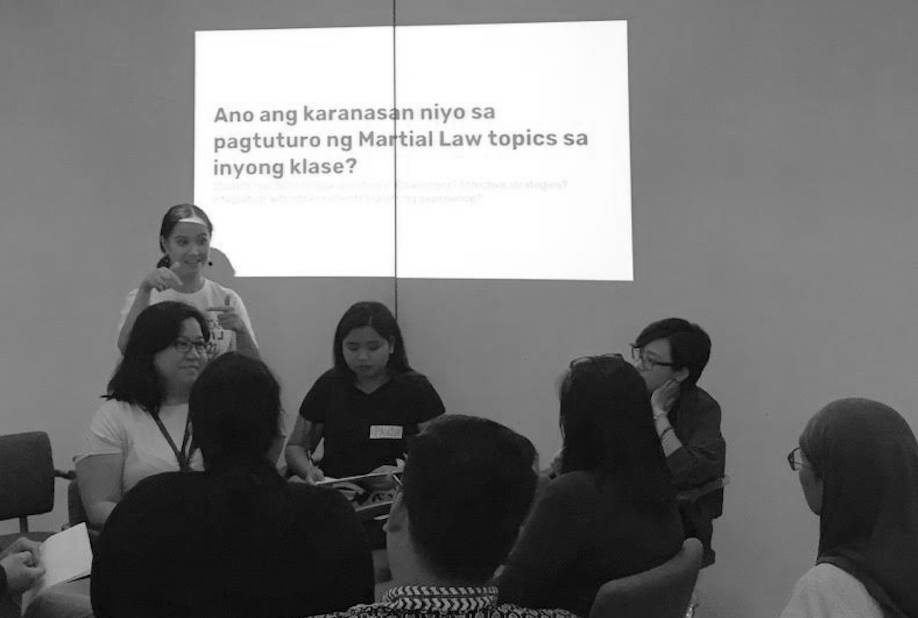
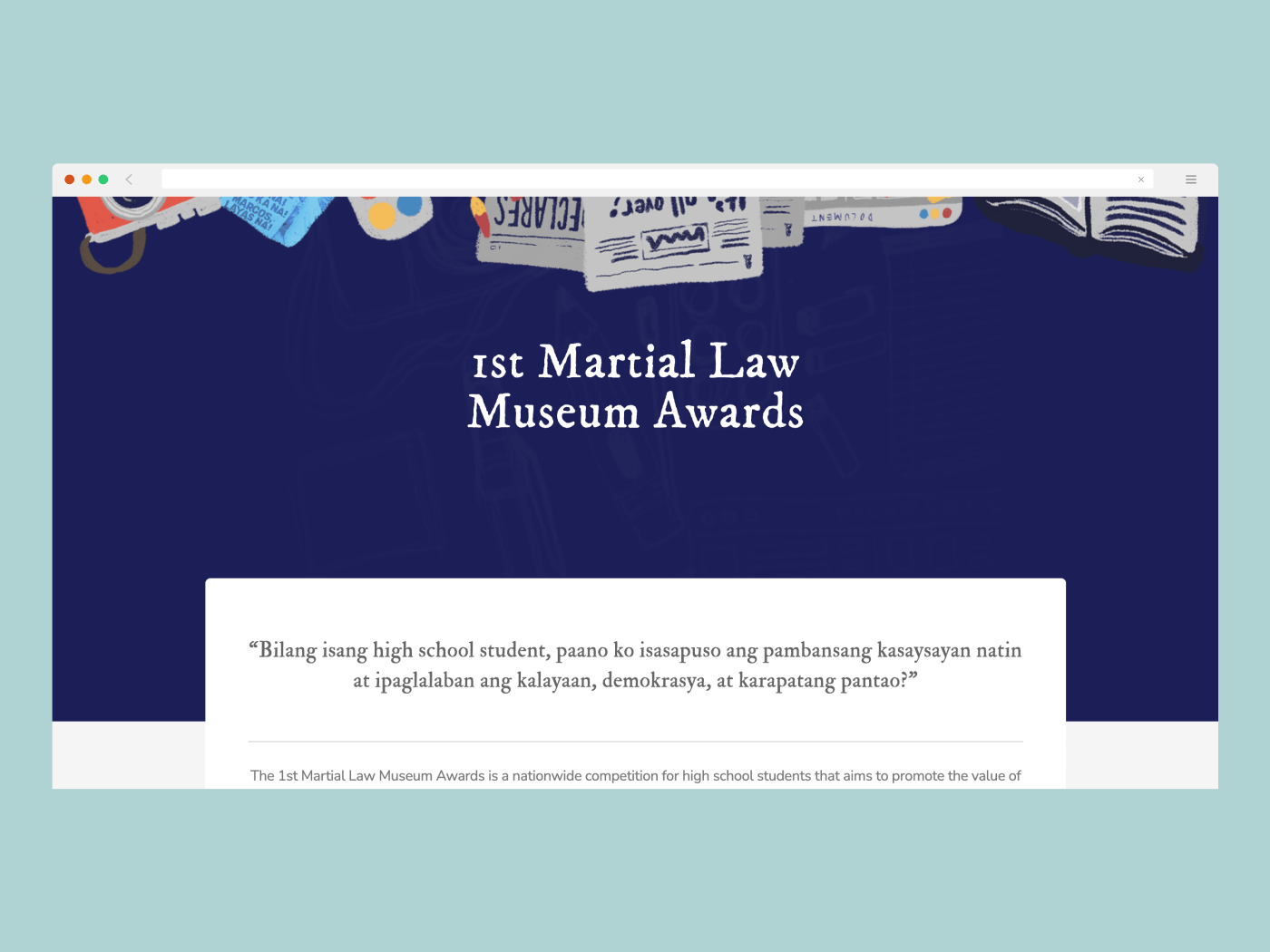
After the website’s launch, multiple events and workshops were held to guide teachers in creating lesson plans. The Martial Law Museum Awards was launched to encourage students to create art; winners’ works were featured on the website.
Preserving national memory—an ongoing process
The articles in the Martial Law Museum were written in 2017 but they are still relevant to present time. Preserving national memory has become even more urgent today. When the Ateneo History Department took the role of managing the Martial Law Museum, we wanted to remind one another once again on how the Martial Law gravely impacted the country years ago through new campaigns that will drive people again to the digital library. New content was made to drive more people to the site where related stories was linked for better easier exploration and experience overall.
Designing campaigns and improving the experience of the website is a way to both prompt and sustain the conversation about a part of our history that we should never make the mistake of repeating. Now more then ever, misinformation and misconceptions are rampant. We need to make sure the generations to come will remember the truth about Martial Law. National memory can only be kept alive by continuously telling our story.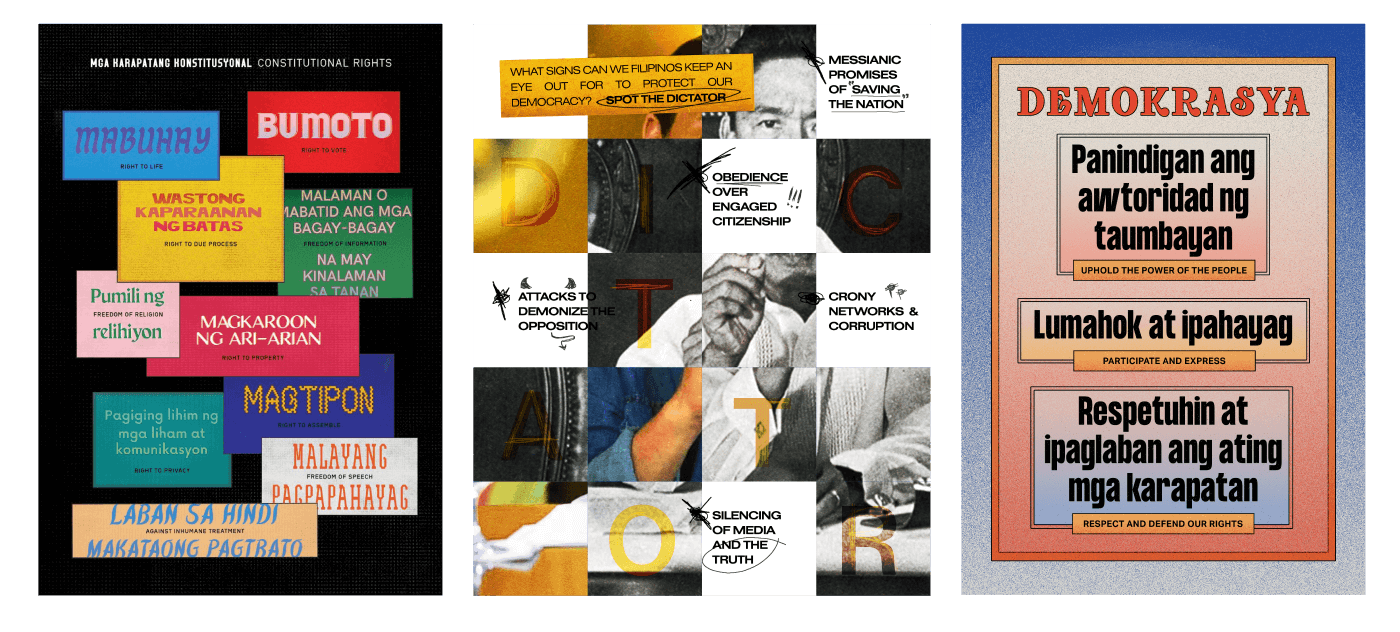
When it launched back in 2017, the website gained a total of 42,000 sessions with 34,000 unique users by end of the year. From 2018 to 2021, the website achieves these numbers on average monthly.
